George R.R. Martin holds his cards close to his chest when it comes to his inspiration for Game of Thrones—after all, too much information could spoil the plot. But he has acknowledged that much of political scheming that drives his A Song of Ice and Fire series is inspired by the Wars of the Roses, when the Houses of Lancaster and York engaged in a bloody fight for the English throne. Other historical parallels have been drawn by fans of the books and the HBO series, from Daenerys Targaryen as Elizabeth I to Brienne of Tarth as Joan of Arc. As we wait for both Martin’s highly-anticipated next tome and the show’s seventh season, here are 9 books about historical heroes and villains who played a real-life game of thrones.
The Wars of the Roses
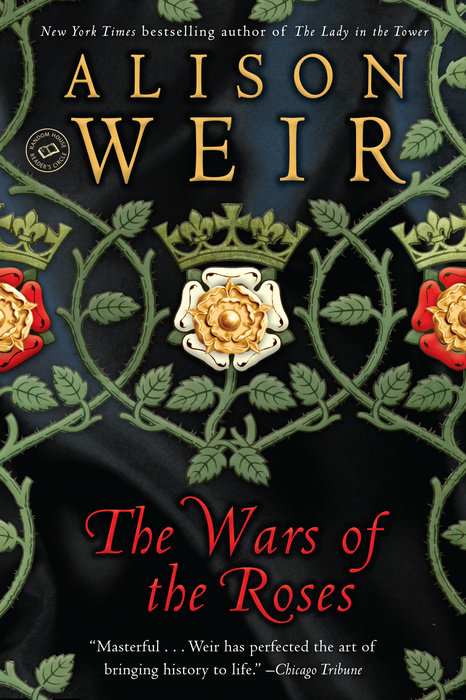
By Alison Weir
Weir’s overview of the struggle between the Plantagenets includes a vast cast of characters that bear similarities to Martin’s. Like Robert Baratheon, Edward IV seized the throne from a kind of real-life Mad King, Henry VI. The conniving Earl of Warwick, known as the King Maker, will remind some of the powerful Tywin Lannister. And like Joffrey, some doubted the legitimacy of Edward of Lancaster—who shared Joffrey’s penchant for violence.
The Princes in the Tower

By Alison Weir
When Edward IV died, his sons Edward V and Richard of Shrewsbury were mysteriously imprisoned in the tower of London, and eventually disappeared—many suspect they were put to death by their uncle Richard III, who became king. Sound familiar? Many have compared the Princes in the Tower to the disappearance of Bran and Rickon; though in Game of Thrones, the boys actually escaped and two corpses burned beyond recognition were presented as their stand-ins.
She-Wolves: The Women Who Ruled England Before Elizabeth
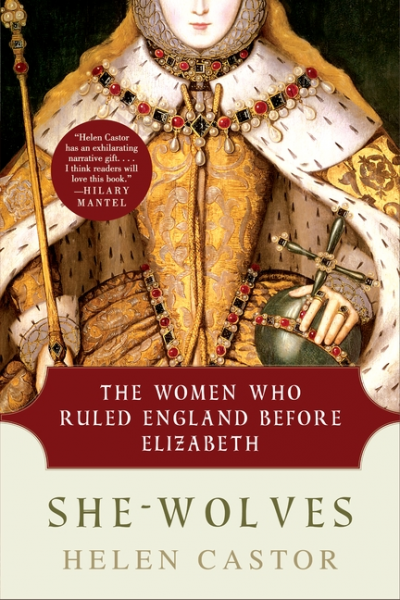
By Helen Castor
Castor profiles some of the lesser-known ladies of influence in English history. Like Yara Greyjoy, Empress Matilda was meant to take the throne when her father died, only to be pushed out by a male relative. And like Cersei Lannister, Margaret of Anjou exerted outsized influence for a medieval queen consort—and fought vigorously for her son’s right to the throne.
The Life and Death of Anne Boleyn
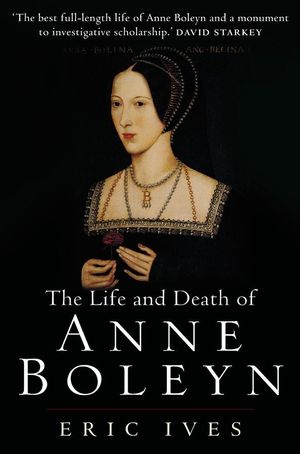
By Eric Ives
The controversial second wife of Henry VIII bears similarities to two Game of Thrones figures: with her political scheming and potential incest with her brother, it’s easy to link her to Cersei Lannister. But her marriage, which caused huge political upheaval, also recalls the union of Talisa and Robb Stark, which had dark consequences for the family and the seven kingdoms.
The Queen’s Bed: An Intimate History of Elizabeth’s Court

Many Game of Thrones fans have compared Daenerys Targaryen to Elizabeth I, a fierce, independent queen who preferred ruling alone to giving up power to a husband. (Both also had to break ties with a close ally, Daenerys exiling her spying advisor Jorah Mormont and Elizabeth executing her treasonous pal Robert Devereux.) Whitelock documents Elizabeth’s lovers and ladies-in-waiting, who had front row seats to the queen’s rule—much like Daenerys’s posse.
Joan of Arc: A History
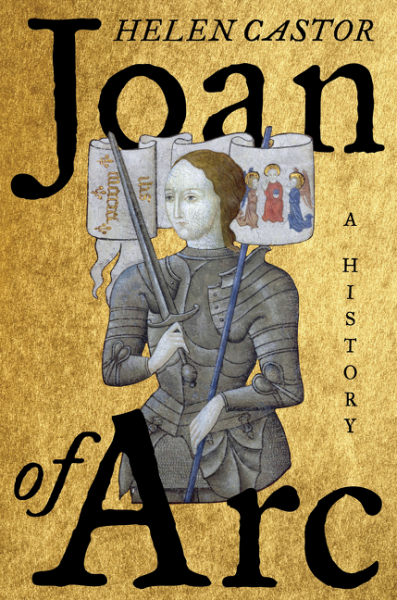
By Helen Castor
Joan of Arc and Brienne of Tarth share two signature traits: A love of armor and an unflinching commitment to their ideals. Let’s just hope Brienne’s story doesn’t end at the stake.
Glencoe: The Infamous Massacre 1692

By John Sadler
The horrific Red Wedding has roots in the Massacre of Glencoe in 1692, when 38 members of the Clan MacDonald were killed by their own guests over a tardy pledge of allegiance to William and Mary. The killings constituted a serious transgression against the rules of hospitality both in the real world and the Seven Kingdoms. (Martin says he also took inspiration from the Black Dinner, when the Earl of Douglas was killed after being invited to dine with the King of Scotland.)
Sawney Bean: Dissecting the Legend of Scotland’s Infamous Cannibal Killer Family

This story is likely fictional, but some fans have pointed out similarities between the cannibal faction of the Wildlings and the legend of Sawney Bean clan, which was said to have murdered and eaten 1,000 people over a 25-year period while living in a Scottish sea cave. Experts believe the legend was probably invented as a form of anti-Scottish propaganda.
Hadrian and the Triumph of Rome
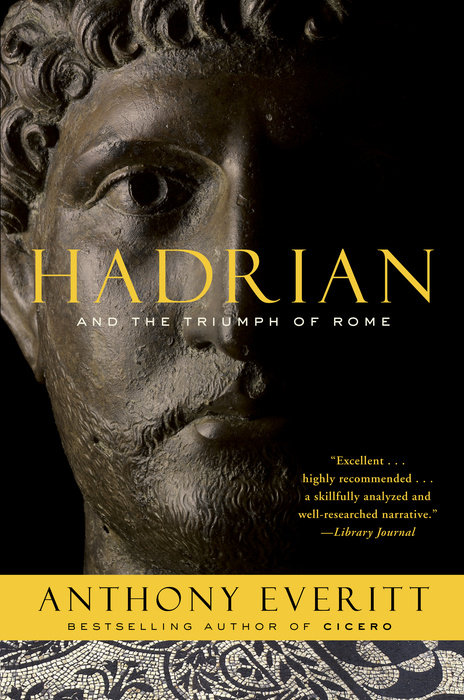
The Wall along the northern border of the Seven Kingdoms bears a similarity to Hadrian’s Wall, built along the northern border of Britannia to keep out the barbarians (a.k.a. Scots). The Roman emperor ordered his version to be built when he visited Britain in 122 C.E.; at a height of 12 to 15 feet, it hardly compares to the massive Wall defended by the Night’s Watch.
More Must-Reads from TIME
- Donald Trump Is TIME's 2024 Person of the Year
- Why We Chose Trump as Person of the Year
- Is Intermittent Fasting Good or Bad for You?
- The 100 Must-Read Books of 2024
- The 20 Best Christmas TV Episodes
- Column: If Optimism Feels Ridiculous Now, Try Hope
- The Future of Climate Action Is Trade Policy
- Merle Bombardieri Is Helping People Make the Baby Decision
Contact us at letters@time.com